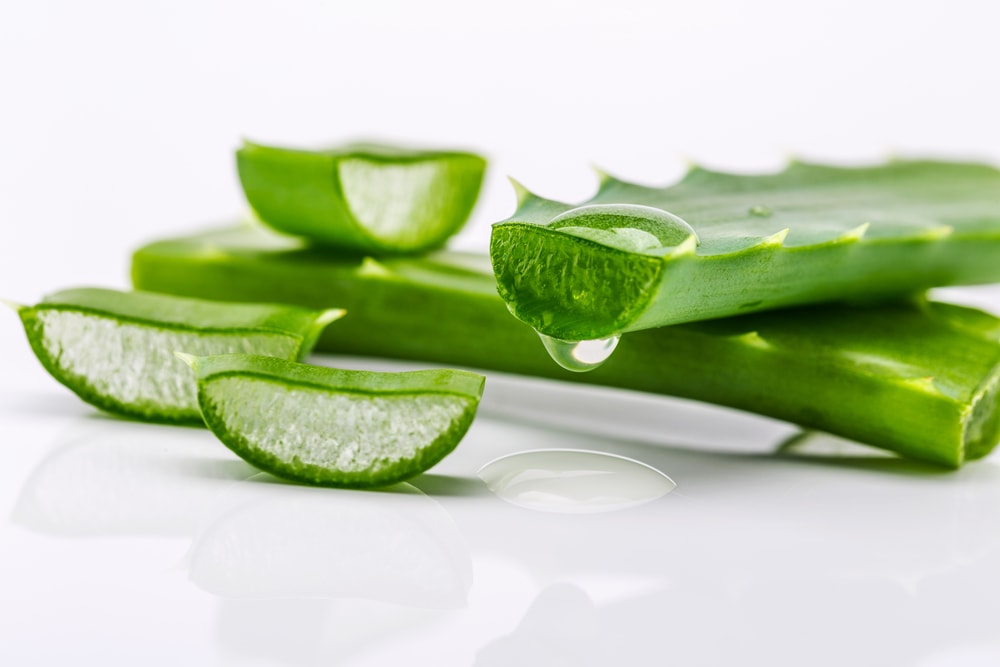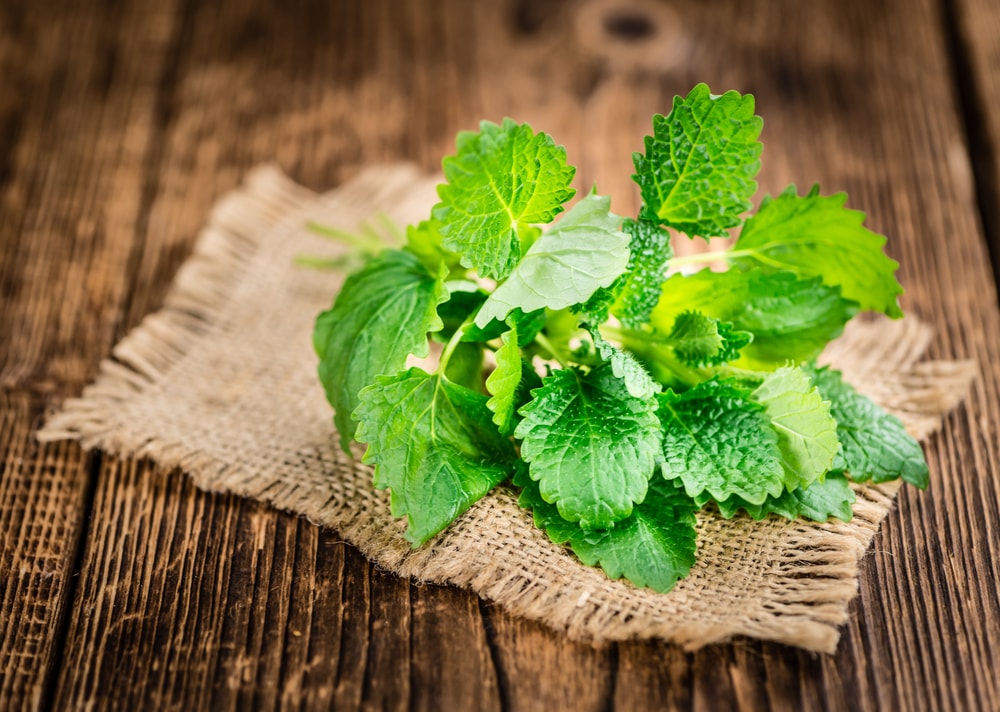How to Stop Mosquito & Insect Bites
Whether you are travelling abroad or within the UK, bites from mosquitoes and other pesky insects can be annoying, itchy and sometimes painful. In some parts of the world, insect bites can even be dangerous, due to the spread of disease. With all of this considered, it’s no surprise that you may want to prevent mosquito and insect bites when you can, so you don’t have to put up with the side effects. At Alfresco, we’ve put together a complete guide to help you avoid insect bites, so read on to find out more about how to stop them from happening.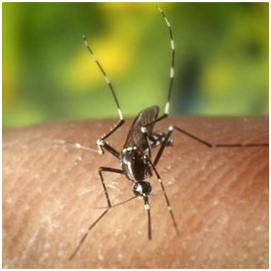
Which Insects Could I be Bitten by?
There are lots of different insects which could give you a nasty bite, including:- Mosquitoes
- Ticks
- Horseflies
- Midges/Gnats
- Blackflies/Tsetseflies/Sandflies
- Fleas
Mosquitoes
Mosquitoes can leave irritating red lumps on the skin after their bite and are generally itchier than they are sore. They’re not too much to worry about when you’re in the UK, but in other countries, they can spread life-threatening diseases such as Malaria and the Zika Virus.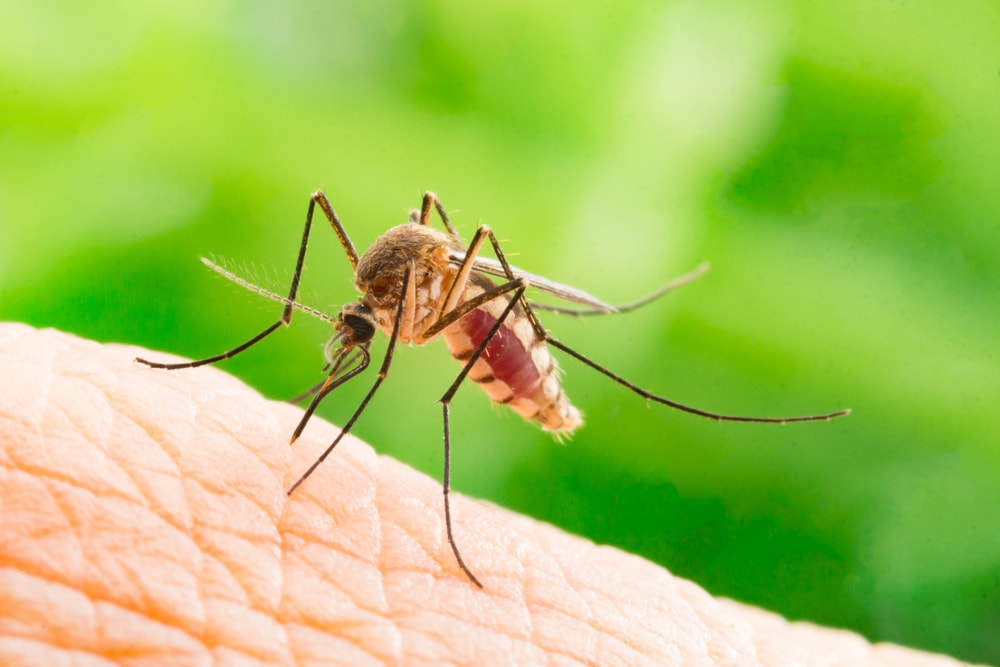
Ticks
These pesky bugs are usually found in areas of woodland, particularly where there is long grass and when they bite, will attach their jaws to the skin so they cannot be simply pulled off the skin. You have to make sure to remove any ticks as quickly as possible, avoiding squeezing the body. Their bite can cause swelling and itchiness, and in some cases can spread Lyme Disease.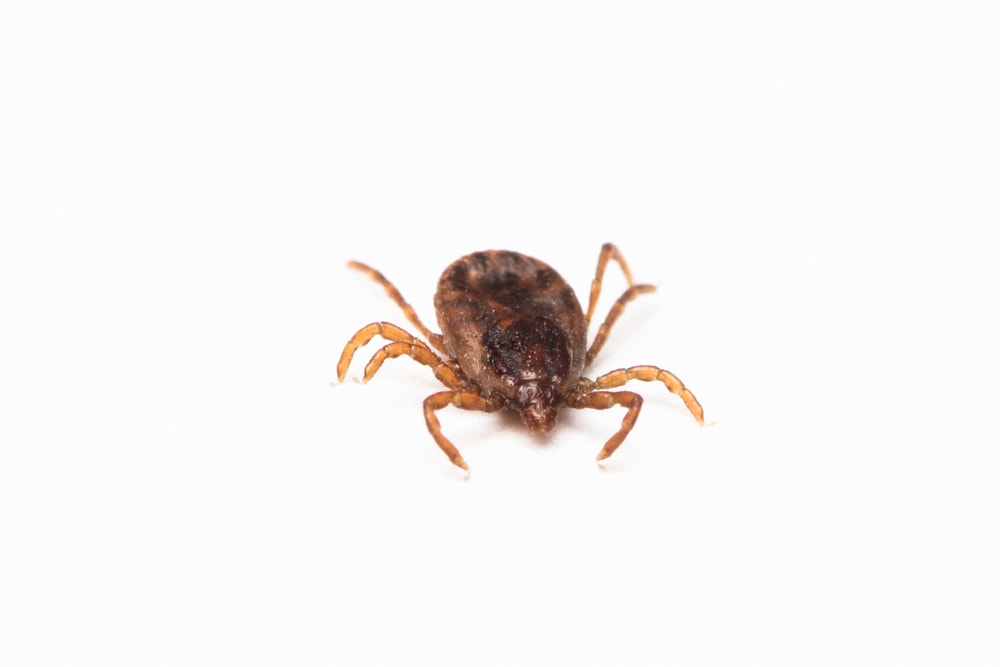
Horseflies
You will know it if you get bitten by a horsefly as it can be particularly painful. Usually found near areas of livestock or water, particularly during summer. Along with the pain, you may experience hives, dizziness, weakness, wheezing and the site of the bite may become infected.
Midges/Gnats
These tiny insects may look harmless but they can leave a large number of irritating bites as they often travel in groups. These often look a lot like mosquito bites and can be red, painful and itchy and may even swell up. Although annoying, there is very little chance of any disease being passed on from a midge or gnat bite.
Blackflies/Tsetseflies/Sandflies
Primarily found in Africa, this trio of flying insects can give very itchy and painful bites, but they are also known to carry diseases which can be more concerning for those bitten by these pesky flies. A bite from a Blackfly, is likely to come with a very red and itchy rash plus a risk of Onchocerciasis (also known as ‘river blindness’). If a Tsetsefly bites you, it will be very painful, with a risk of African trypanosomiasis (Sleeping Sickness). Sandfly bites are less painful and generally just itchy but do carry diseases, with Leishmaniasis and Bartonellosis being the most common.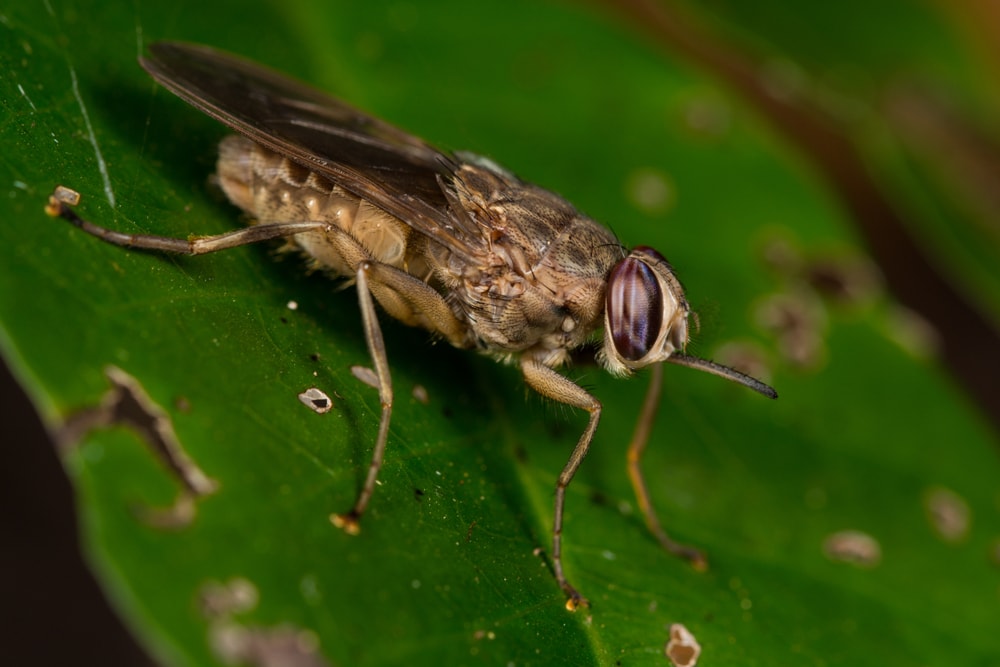
Fleas
Fleas can often be found on pets like cats and dogs, but they will also bite humans given the opportunity, as they can easily transfer from a pet onto you. A flea bite will cause small red lumps which will be particularly itchy and irritating.
What are the Dangers of Being Bitten?
Different insects and bugs present different dangers when biting humans. While many bug bites can be irritating or painful, some bites have more serious consequences as some insects carry nasty diseases and viruses which can be transmitted to the victim of the bite. These diseases include:- Malaria
- Zika Virus
- Lyme Disease
- Onchocerciasis (River Blindness)
- African Trypanosomiasis (Sleeping Sickness)
- Leishmaniasis
- Typhus
If you are travelling abroad, you should check the NHS Fit For Travel site to see which vaccinations or medications, if any, you will need to take while travelling.

Malaria
This is a dangerous disease which can be transmitted through mosquito bites in some parts of the world, including parts of:- Africa
- Asia
- Central America
- South America
- Haiti
- Dominican Republic
- Middle East
- Some Pacific Islands
Without treatment, malaria can be fatal, as it blocks blood from getting to the brain. However, there are treatments such as antimalarials, which can cure the disease if addressed quickly.
Zika Virus
Also spread by the bite of infected mosquitoes, the Zika Virus is not too serious for healthy people. However, it can cause serious complications for pregnant woman as it has been shown to cause birth defects. Pregnant women are advised to avoid all non-essential travel to countries that have a high to moderate risk of Zika Virus while pregnant.Lyme Disease
Infected ticks can transmit Lyme Disease to those who suffer bites. This is a bacterial infection that usually takes the form of a red ‘bullseye’ type mark on the skin. Lyme Disease can cause flu-like symptoms but can be treated with a course of antibiotics.Onchocerciasis (River Blindness)
The bite of an infected blackfly can transmit Onchocerciasis, also known as River Blindness, as they deposit larvae which enters the womb. The disease can cause rashes, intense itching and even blindness. There is a drug that can treat the disease so the symptoms can be prevented.African Trypanosomiasis (Sleeping Sickness )
Infected tsetseflies can transmit Sleeping Sickness and across the countries in sub-Saharan Africa. The risk is generally low as even in areas where the disease occurs, only a small percentage of flies are generally infected.How to Prevent Insect Bites
When you are abroad, it’s inevitable that as you are sipping your cocktail, on a beautiful beach, watching an endlessly romantic sunset, that you are interrupted by the high-pitched whining of an incoming mosquito. However, there are a number of easy ways to ensure you stay free of bites and nasty diseases.
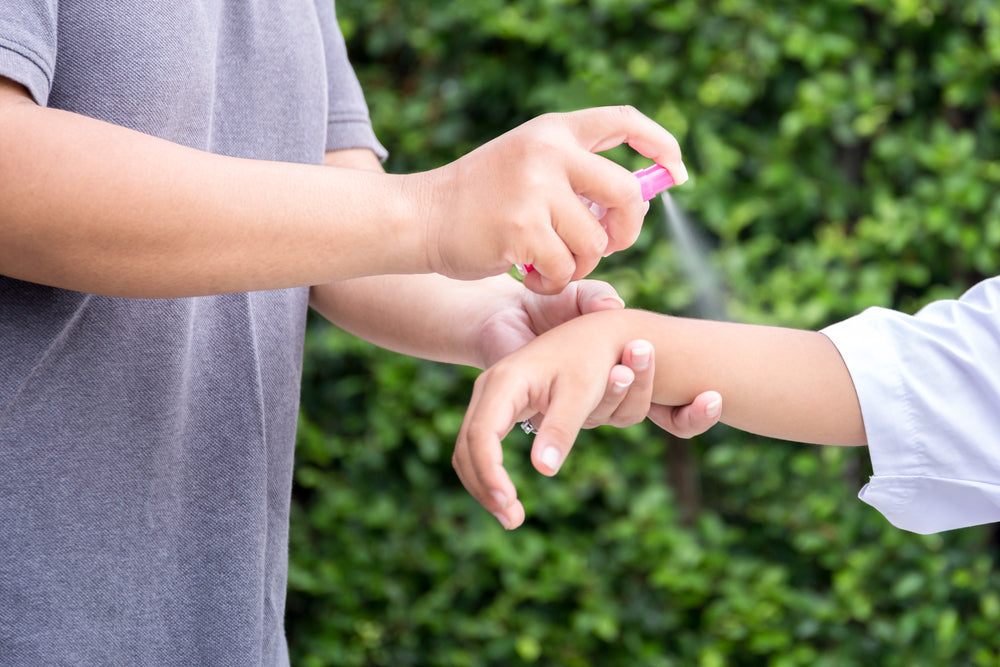
-
Insect Repellent/Insect Proof Clothing
If you’re off to an exotic paradise, packing your best floaty dresses and Hawaiian shirts may well seem like a good idea. It is, however, worth considering some of the fabulous bug-proof clothing available as one of the best ways to keep bugs away is to use clothing to minimize exposed skin. We appreciate it’s not always easy to wear extra clothing in hot countries, but doing so can help you minimise the chance of getting bitten. If you are particularly susceptible to insects, try wearing shoes, trousers, long-sleeved shirts and a hat (or a bandana tied over your head). Plus, try to wear light-coloured clothing as it has been shown that lighter colours are less attractive to insects. -
Insect Repellents.
Finding a reliable summer insect & mosquito repellent is crucial to having a bite-free trip. You might swear by a particular brand but insect repellent perfume are widely available, in many forms including bracelets impregnated with Citronella, through to traditional liquids and sprays. For especially sensitive skin, or that of children and babies, it’s important to consider the chemical ingredients of these products. Natural, chemical free ranges, like the moisturisers, perfumes and colognes over in our store, provide great long-lasting protection. Plus, they remove the risk of reactions to chemical based products and give you the peace of mind that your defence contains only natural products. In many outdoor stores, you will also find clothing that is infused with insect repelling qualities, meaning you can be less strict about putting the repellent directly onto your skin. -
Insect Proofing Your Hotel or Holiday Home
Regardless of whether you’re living the life of luxury indoors or camping outside, finding a great mosquito net will hopefully save you the hours of itching ahead. Nets come in a variety of sizes and shapes, from those to be clipped onto a hat, right through to ones designed to cover your whole body and bed while you sleep. A great anti-insect addition to your temporary holiday residence are insect repellent candles. Most of these candles contain Citronella oil, a totally natural ingredient with insect repelling qualities. Once lit, most candles provide around nine hours of protection, and come with the added advantage of providing light, especially important for camping trips.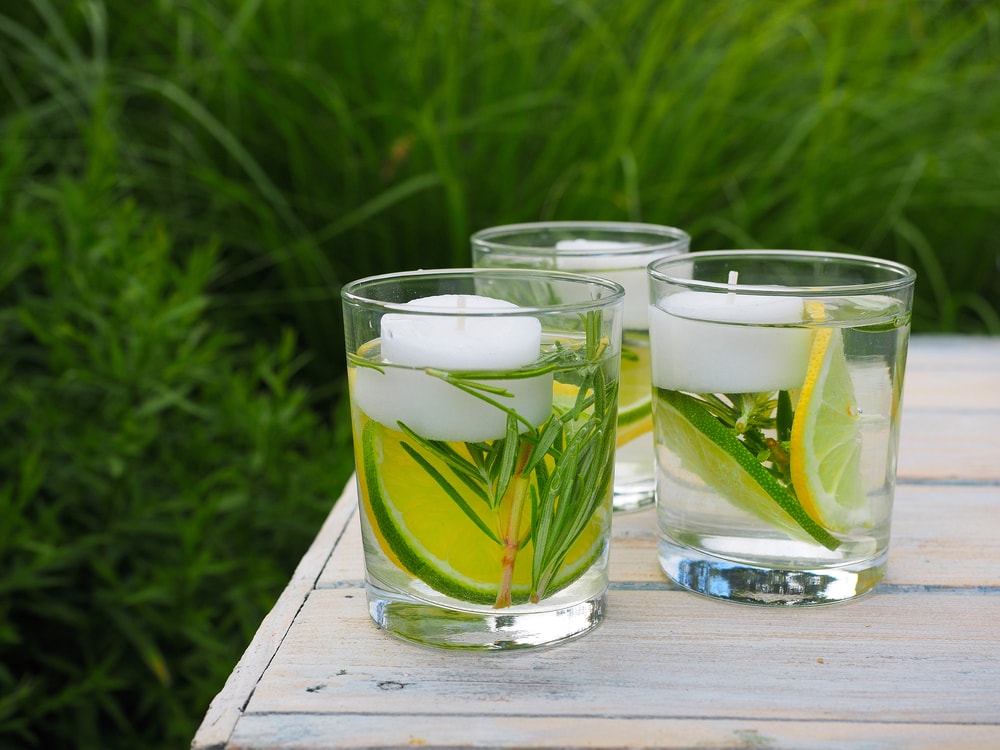
-
Remedies for Bites - Homemade inspiration or Shop bought solution?
Luckily for all bug bite sufferers, there are an army of potential remedies out there to keep the irritation at bay. The last thing you need when trying to relax is an itch that you just can’t take your mind off. There is a mix of solutions that are either sworn by home remedies or more ‘out of the box’ options you can pick up from supermarket shelves. There are countless brands offering similar bite relief creams and lotions that contain key anti-inflammatory chemicals such as Antihistamines and Hydrocortisone. Non-chemical alternative from supermarkets includes bite relief ‘zappers’ that relieve itching by providing a miniscule piezoelectric charge to the bitten area to lessen the need to scratch.Home Insect Bite Remedies - Four of the Best
-
Porridge Oats
One remedy for uncomfortable bites may also be your breakfast of choice. When mixed with water, the oats can relieve itching and swelling, because they possess special compounds that have anti-irritant qualities.Create a paste by combining equal amounts of oatmeal and water in a bowl until you have a thick mixture. Place some paste onto a flannel or cloth and hold it down, on the irritated skin for about 10 minutes. Make sure to wipe the area clean afterwards. -
Honey
This well-loved sweet substance, is a common favourite among home-remedy enthusiasts, because it has some great antibacterial properties. Plus, it has been used for hundreds of years, as a general treatment for other injuries from bruises to small grazes. -
Aloe Vera
The fact that many modern products now contain aloe vera suggests the fantastic benefits offered by the plant. The gel extracted from the plant has been found to have anti-inflammatory properties and can help calm infections. That’s why it may be a good bet for sorting out your bug bites too. -
Lemon Balm
Lemon balm is a common, citrus scented plant that’s closely related to mint. Historically, there have been many uses for the leaves such as relieving anxiety to easing an upset stomach.For mosquito bites, you can simply apply finely chopped or crushed leaves directly to the bite and firmly rub them on the surrounding skin. As an alternative, you can buy a lemon balm essential oil.
